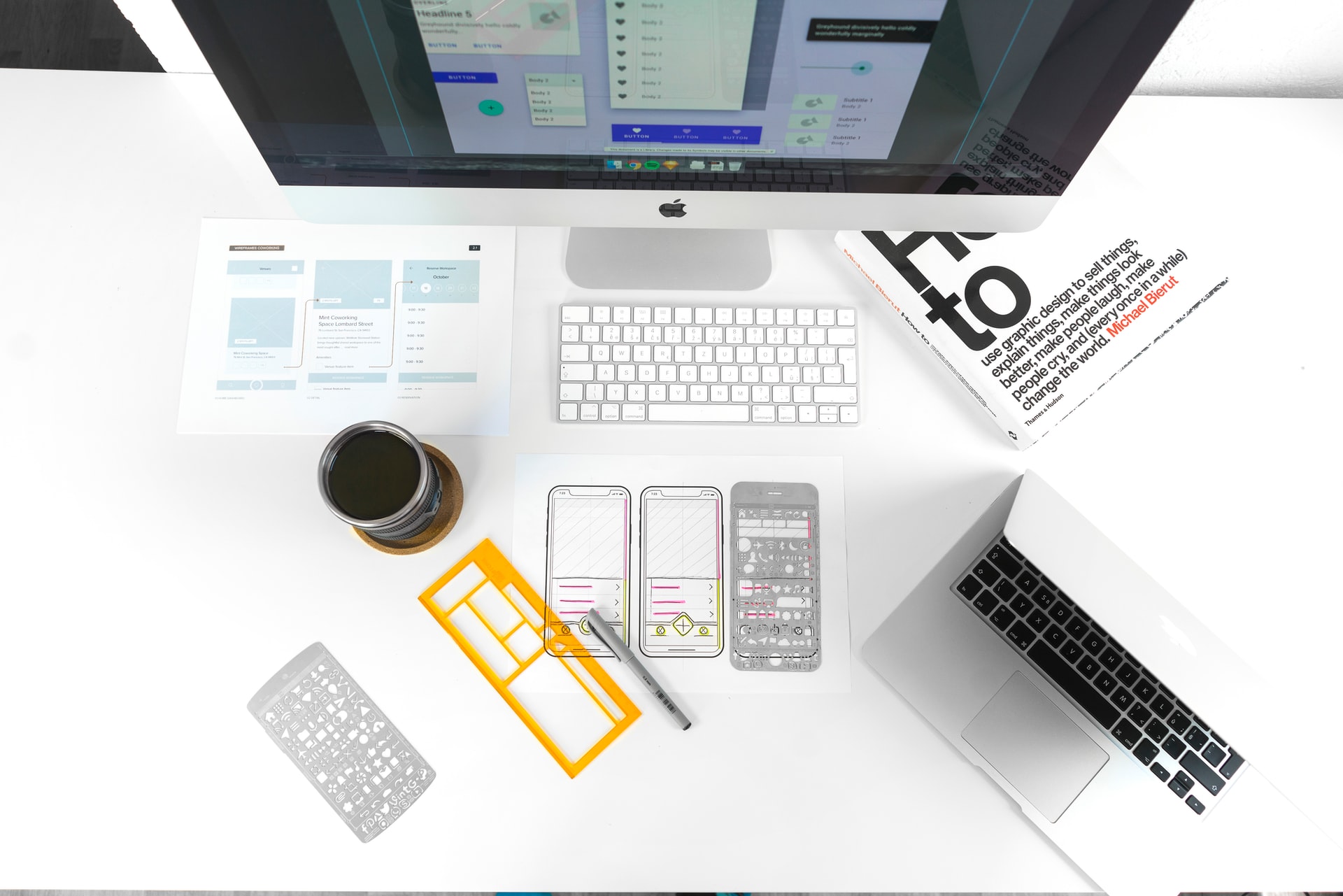Thought leadership article
Are you a good designer?
Are you a good designer? Why? What about you makes you good? Do you know good design when you see it? How? What about design makes it good? Cole, Senior UX/UI Designer VISEO, tells you everything about his design experience
I remember my first job in a design studio. The studio director sat me at a make-shift desk haphazardly placed in a walkway between his desk and a group of four larger desks where the other designers worked their magic. The seating arrangement was less than ideal, but truth be told, I would have sat on the floor if it were the only spot for me in that magical place. I wanted more than anything for the designers to accept me as one of them. With studio director’s desk directly behind me, he maintained a direct line of sight to my work. Knowing this, I put my “best designs” on my big screen for him to notice. I wanted him to rave about my amazing artistic abilities and creativeness. I wanted my work to fascinate the other designers and woo our clients. But my need to belong in this community of designers made me ignorant to my true place in this world of design.
"Good design is invisible 99% of the time"
My experience in the design studio taught me that my role as a designer means designing things that, even when placed on my big screen, very few people notice. My role as a designer means making people’s lives easier through seamless interactions that blend into everyday life; unseen, ignored, yet loved all the same. I, designer, advocate, not for my design, but for those who use my design. My design, if considered “good” by those who use it, remains invisible 99% of the time. Good design is invisible 99% of the time. Good design hides in the wings while humans perform on the stage of life. Good designers know that design, done well, receives little applause. “Bad” design, on the other hand, gets all the attention.
Every day, I use tools designed to make my life easier and more enjoyable; a pillow, for example. I use a mildly-firm pillow every night while sleeping. When my head hits that mildly firm pillow, I think about work and all the things that need fixing in my life, but I rarely think about the amazingly designed, mildly firm pillow supporting my trouble-filled head. Why? Because that amazingly designed, mildly firm pillow gets the job done, allowing my brain to think about other things. On the other hand, if ever I sleep in a hotel with a flat pillow, I notice the pillow, because that flat pillow, is poorly designed. With the amazingly designed, mildly firm pillow, I rock myself to sleep to the thoughts of the day. With the poorly designed, flat pillow, I painstakingly convince myself to sleep, despite my fear of a neck strain.
"No matter how beautiful the interface, if people find it difficult to use, we fail"
As a UX/UI designer, my designs, like my mildly firm pillow, aim to make a person’s life more comfortable. When I meet new clients, they use terms like “sexy”, “eye candy” or beautiful” when explaining their vision for a product or service. I share my clients’ desire to design aesthetically pleasing products and services, but I desire, more than anything, for my design to help someone. I always tell clients: when we start to talk about icons and color palettes, our homework had better be done! In other words, no matter how beautiful the interface, if people find it difficult to use, we fail. Naturally, we want our products to look good, but no matter what fancy pillowcase you buy, that hotel pillow still sucks. One of my clients once told me: “You’re right! It’s like trying to put lipstick on a pig!”
When you design, what matters most? Who matters most?
What do you see when you look at your design? Do you see other human beings, or do you see your design portfolio? Design inspiration websites are full of elegant color palettes, creative illustrations and sexy animations; but many aesthetically pleasing designs neglect to inspire that sense of utility we find in “good” design. If I challenge you to make a list of the ugliest products or services you use every day, you will notice, love them or not, you use them every day. Please note: a good designer does not ignore aesthetics, rather, a good designer asks how every bit and piece of a design contributes to a person’s needs. Aesthetics play a crucial role in many aspects of design; ask a fashion designer or a pyrotechnician. But when you design, what matters most? When you design, who matters most? Is your design for that big screen on your desk for everyone to see, or is it for that human who interacts with your design, completely ignorant of your role in their story? Good designers are good, not when other designers call them good, but when they consistently advocate for the humans who use their design.
As I mentioned earlier in this article, good design is invisible 99% of the time. This idea impels me to share with you my favorite design podcast: 99% Invisible.
“99% Invisible is about all the thought that goes into the things we don’t think about — the unnoticed architecture and design that shape our world. With over 400 million downloads, 99% Invisible is one of the most popular podcasts on iTunes and is available on RadioPublic, via RSS and through other apps.” - Source: 99pi.org


